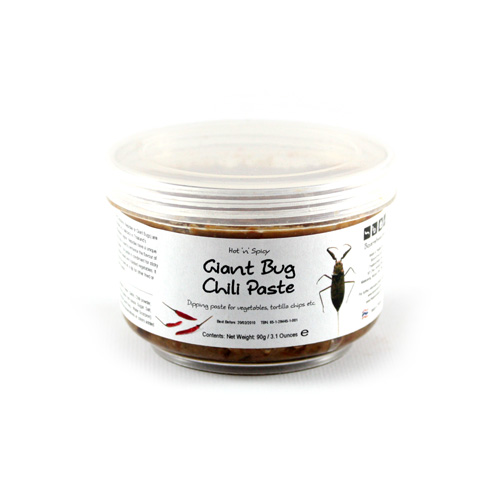It's a strange thing when you learn to think about where your food is coming from. For me, it changed the way I think about how I shop- hopefully for the rest of my life.
I read the standard issue book on the matter, Pollan's "Omnivore's Dilemma", sometime in the past year. But waaaaay before that I had seen a documentary called "The End of Suburbia" that mentioned, during its greater discourse on how the United States is doomed, how our food supply relies heavily on transportation by tractor trailer. Think about it. How many times have you passed a big rig with a picture of milk drinkers or the Sysco label on the side? The idea that I might someday have to be without enough food panicked me, so I became a local food advocate.
That summer I joined a CSA, then after a few summers became a farmhand at the same farm. When I was unable to continue farming the following summer (a girls gotta pay the bills, as well as eat), I shopped at the farmer's market and made a point of shopping at larger chain markets that supplied local fruits and veggies. I was delighted to find that not only is there a thriving farmer's market scene in the Pioneer Valley, there's also a
year round farmer's market here (Saturdays, 9-2, in the basement of Thorne's Market). I meant to take photos for this week's post, but since I forgot my camera instead I'll show you what I bought for groceries for the week.

It doesn't look like much, but it is after all for just little ole' me.
Now, you may have noticed that some of these foods are of the pre- packaged variety. The peanut butter, tuna, rice (pink bag) and bullion cubes are all decidedly non- local. I took photos of their labels, but I'll spare you those and sum up. The peanut butter is distributed by Woodstock farms in CT, but had no indication that the peanuts were from there. The bullion is a product of Switzerland, and the tuna and rice are both from Thailand (wild caught and organic/fair trade cooperative respectively).
What about the meat you ask?

Well that's from here in the 413.
I gotta say, purchasing this way gives me peace of mind in so many ways. There's the knowledge that I'm reducing my carbon footprint, supporting local farmers and local economy, and also that I'm eating food that comes to me from people I can identify
on sight. My locavorism isn't perfect by any means, but when the results are this how can I feel like it's not worth the effort?















